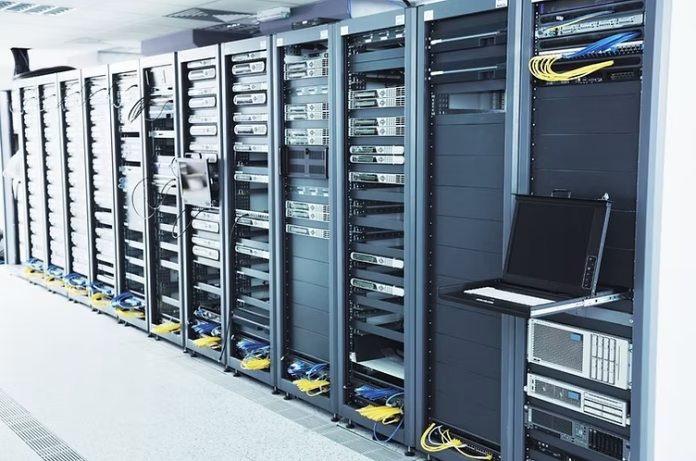When businesses look to cut IT infrastructure costs without sacrificing performance, refurbished hardware often becomes a top choice. But within the world of refurbished servers, terms like “certified refurbished” and “open-box” are commonly thrown around—and often misunderstood.
If you’re planning to invest in refurbished servers, it’s crucial to understand the difference between these two categories. While both offer savings over new equipment, certified Refurbished Servers and open-box servers differ in their inspection process, reliability, warranty, and resale value.
This blog explores what sets them apart—and helps you make the right decision for your business.
What Is a Certified Refurbished Server?
A certified refurbished server is a previously owned server that has been professionally restored, tested, and verified to meet manufacturer or reseller quality standards. The “certified” label means it has gone through a rigorous refurbishment process, which typically includes:
- Diagnostic testing and full functionality check
- Replacement of any faulty components
- BIOS and firmware updates
- Professional cleaning and reassembly
- Stress testing under load conditions
- Packaging with cables, documentation, and warranty
These servers are often certified either by the original equipment manufacturer (OEM)—like Dell EMC, HPE, or Lenovo—or by an authorized refurbishing partner.
What Is an Open-Box Server?
An open-box server, by contrast, is essentially a new server that was returned shortly after purchase. Reasons might include:
- The wrong model was ordered
- The box was opened but never used
- The customer changed their mind after delivery
Open-box servers are usually not used extensively, but they may not undergo any refurbishment or testing process unless returned for a known issue. They are typically resold at a discount with limited warranty coverage.
Certified Refurbished vs. Open-Box Servers: Key Differences
Let’s break it down further:
| Feature | Certified Refurbished Server | Open-Box Server |
| Testing & Validation | Thoroughly tested and refurbished | Usually not tested or minimally tested |
| Certification | Certified by OEM or refurbisher | No formal certification |
| Component Replacement | Faulty parts are replaced | Assumes original components are intact |
| Usage History | Previously used in data centers or businesses | Often unused or lightly used |
| Warranty | 1–3 years (sometimes extendable) | 30 to 90 days (varies) |
| Price | Slightly higher than open-box | Lower due to minimal handling |
| Risk Factor | Low risk with full validation | Moderate risk due to limited checks |
When Should You Choose a Certified Refurbished Server?
A certified refurbished server is ideal when:
- You need reliability and uptime for mission-critical applications
- You’re running virtualization, databases, or file storage
- You want long-term warranty support and peace of mind
- You’re planning to scale and can’t afford frequent replacements
- You’re deploying in a data center or production environment
Certified refurbished models are commonly used in enterprise IT deployments where performance and dependability are non-negotiable.
When Is an Open-Box Server a Good Fit?
An open-box server is suitable when:
- You’re deploying in non-critical or test environments
- You need temporary infrastructure (e.g., staging, QA labs)
- You’re on a tight budget but want near-new hardware
- You’re comfortable with short warranty periods and potential reconfiguration
Open-box units are typically found in retail IT outlets or reseller clearance sales and can be great value if you know exactly what you’re buying.
️ What About Support and Warranty?
Support and warranty are among the most important factors when choosing between the two.
- Certified refurbished servers usually come with a standard 1-year warranty, often extendable to 2 or 3 years. Some even include on-site service or advanced replacement options.
- Open-box servers, on the other hand, may only come with a store-level return policy or a short limited warranty (30–90 days).
If uptime, service SLAs, or post-sale support matter to your business, the extra investment in certified refurbished hardware is well justified.
Sustainability and Circular IT
Both certified refurbished and open-box servers contribute to reducing electronic waste and extending the lifecycle of IT hardware. However, certified refurbished equipment supports a more structured circular economy, as it typically involves:
- Salvaging reusable parts
- Recycling damaged components
- Rebuilding systems to last multiple years
If green IT or ESG goals are part of your strategy, buying certified refurbished servers aligns more closely with sustainable practices.
Conclusion: Choose Based on Use Case and Risk Tolerance
Both options offer value—but serve different needs.
- Choose certified Refurbished Servers when reliability, warranty, and long-term usage are your priorities.
- Go with open-box servers when you need near-new hardware at a deeper discount and can accept minimal support.
Ultimately, the best choice depends on your deployment type, risk appetite, and IT roadmap.
Whichever you choose, buying refurbished is a smart way to optimize your IT budget without compromising on quality.









